Discover the essence of Japan’s culinary heritage with “Hagi no Tsuki.” This article unveils the captivating story behind this traditional Japanese confectionery. From its unique shape to its mouthwatering flavors, Hagi no Tsuki promises an unforgettable journey into the heart of Japan’s gastronomic treasures. Embrace the opportunity to delve into the rich cultural significance of this sweet delight. So if you’re craving a genuine experience that leaves your taste buds tingling and your curiosity satisfied, this read is calling your name.
What is Hagi no Tsuki?
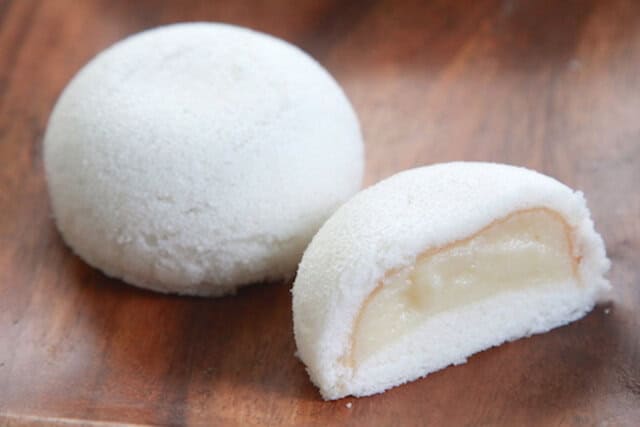
Hagi no Tsuki, also known as “Hagi’s Moon,” is a traditional Japanese confectionery specialty originating from Sendai City, Miyagi Prefecture. It is a Manju – shaped confection made by wrapping custard cream in castella dough. Locals know this as a famous confection shaped like a full moon and typically made from sweet white bean paste, known as “an,” carefully wrapped in a thin layer of mochi (glutinous rice cake). This sweet treat is popular for its distinctive appearance and delicious taste, making it a beloved delicacy among locals and visitors.
Hagi no Tsuki History
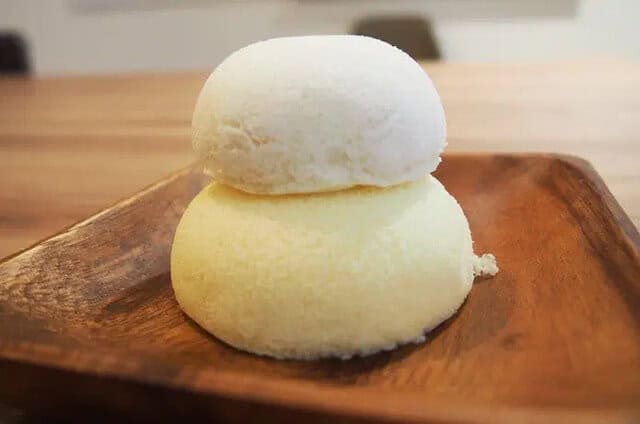
Hagi no Tsuki, along with other culinary delights like sasa-kamaboko and grilled Sendai beef tongue, marks a relatively short history, with its creation dating back to the 1970s. Locals believed that the confectioners at that time around the city developed the sweet to honor the natural beauty of the region, including the picturesque moonlit nights, which inspired the confection’s name “Hagi no Tsuki” or “Moon of Hagi.” Haginotsuki’s popularity isn’t limited to Miyagi Prefecture alone; you can now find it in stores nationwide. In a survey by a trade magazine, Haginotsuki from Miyagi Prefecture ranked an impressive third, just behind Shiroi Koibito from Hokkaido and Karashi Mentaiko from Fukuoka Prefecture. Even though it’s a new treat, this delicious Miyagi’s sweet quickly became one of Japan’s famous “souvenirs representing the 20th century.”
About Name
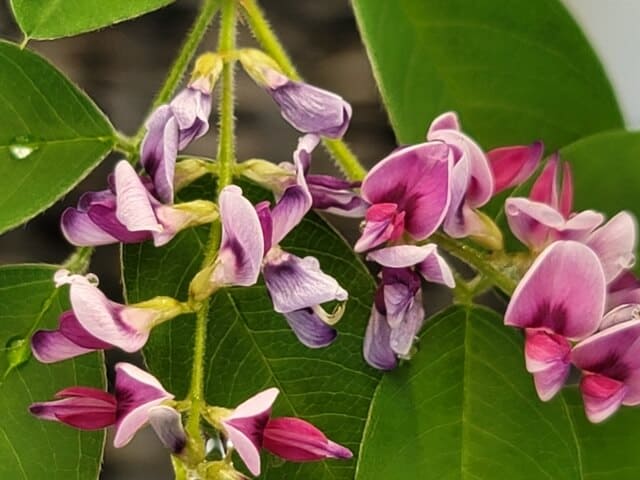
The name ‘Hagi no Tsuki’ originates in the enchanting Sendai Plain, a region steeped in poetic allure, often referred to as Miyagino. This area has earned fame as a picturesque haven for the mesmerizing bush clover. This flower blossoms gracefully during the mid-autumn harvest moon. The bloom’s yellowish round appearance, reminiscent of the moon, inspired the name ‘Hagi no Tsuki,’ which translates to ‘Bush Clover Moon.’
This delightful appellation pays homage to the radiant full moon that seemingly floats in the skies above Miyagino, where the bush clover proudly showcases its splendid beauty. Another origin of the name “Hagi no Tsuki” comes from its appearance resembling the “full moon.” The treat’s shape resembles a crescent moon, with a smooth, soft texture and a subtle sweetness that captures the essence of traditional Japanese flavors.
Similar dishes to Hagi no Tsuki

Like Haginotsuki, several traditional Japanese confectioneries known as “wagashi” share similar use of sweet bean paste and mochi-like textures. Some of these similar confectioneries include:
Amakintan
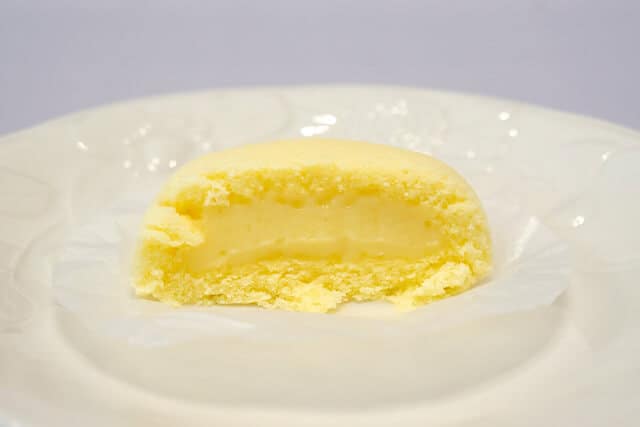
It is a round yellow sponge cake with white paper. The custard cream is stuffed in a thick and firm sponge cake. The custard is sweet, and the taste and texture are good.
Kastadon
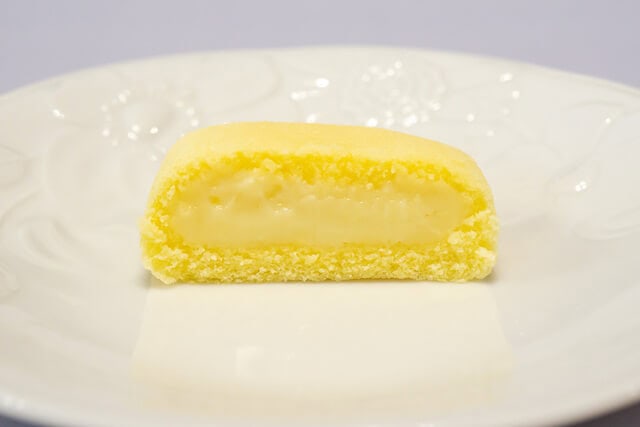
It is more yellowish than Amakintan. But both sponge cake and custard are softer than Amakintan. It has a sweeter taste than sweet gold tan, and as it looks, it has a solid egg-like flavor and is delicious.
Taiyaki
A fish-shaped cake filled with various fillings, including sweet red bean paste (an).
Dorayaki
The dorayaki in Japan are two fluffy pancake-like cakes with sweet red bean paste filling.
Daifuku
Daifuku is a soft, round mochi filled with sweet red bean paste or other fillings.
Ohagi/Botamochi
Both Ohagi and Botamochi are mochi rice cakes coated with sweet soybean flour or other toppings and served with sweet bean paste.
These confectioneries are famous throughout Japan and are often enjoyed during special occasions, festivals, or everyday treats. Each has unique characteristics and regional variations, but they all showcase the artistry and flavors of traditional Japanese sweets.
Hagi no Tsuki FAQ
- Is Hagi no Tsuki a popular souvenir in Japan?
-
Yes, Hagi no Tsuki is considered a popular souvenir in Japan, especially in the Miyagi Prefecture, where it originates from. Tourists and visitors often seek out Haginotsuki as a delightful and culturally significant gift to take home.
- What does Hagi no Tsuki taste like?
-
The primary flavor of Hagi no Tsuki comes from the sweet white bean paste known as “an,” which forms the core of the confection. The outer layer of Haginotsuki is made from a thin layer of mochi, which adds a soft and chewy texture to the confection. Combining the smooth and creamy white bean paste with the slightly chewy mochi creates a delightful contrast in texture.
Hagi no Tsuki Recipe
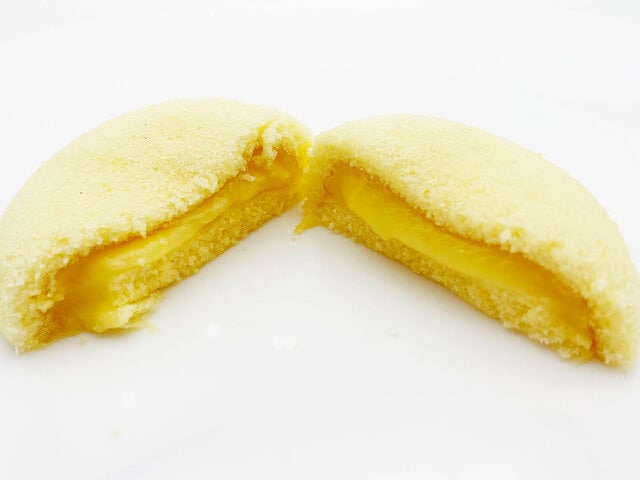
Hagi no Tsuki Ingredients
| Ingredients of Hagi no Tsuki’s dough for 2 persons | Measurements |
|---|---|
| Whole egg | 69g |
| Sugar | 160g |
| Soft flour | 120g |
| Baking powder | 4g |
How to make Hagi no Tsuki?
Preheat the oven to 350°F (180°C), grease a round cake pan, or line it with parchment paper.
Crack the egg into a mixing bowl and beat it lightly using an electric mixer or a whisk. Gradually add the sugar to the egg while continuing to beat the mixture. Continue beating until the mixture is light and fluffy and the sugar has fully dissolved.
Combine the soft flour and baking powder in a separate bowl. Sift these dry ingredients into the egg and sugar mixture.
Gently fold the dry ingredients using a spatula or a whisk. Make sure to mix just until the dry ingredients are fully incorporated to avoid overmixing, which can result in a dense cake.
Pour the batter into the prepared cake pan, and smooth the top with a spatula. Bake in the preheated oven for about 20 to 25 minutes.
You can put any custard cream or filling you like inside of it and serve.
Where to buy Hagi no Tsuki?
KASHO SANZEN (㈱菓匠三全)
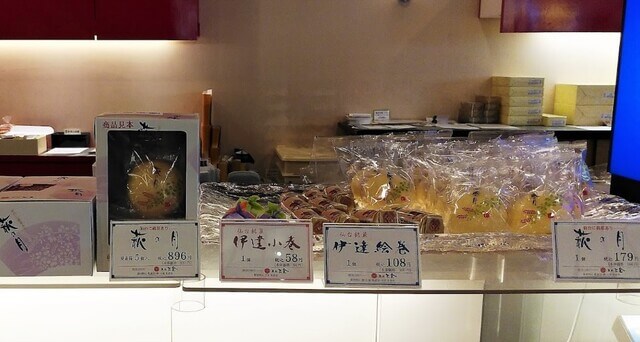
This shop offers many famous Sendai sweets, including the popular custard cream-filled sponge cake Hagi no Tsuki. The harmony between the soft sponge cake and the original custard cream wrapped by it is excellent. “Hagi no Tsuki” is popular among young females in Tokyo and consistently ranks high as popular Japanese souvenirs.
Takeaway
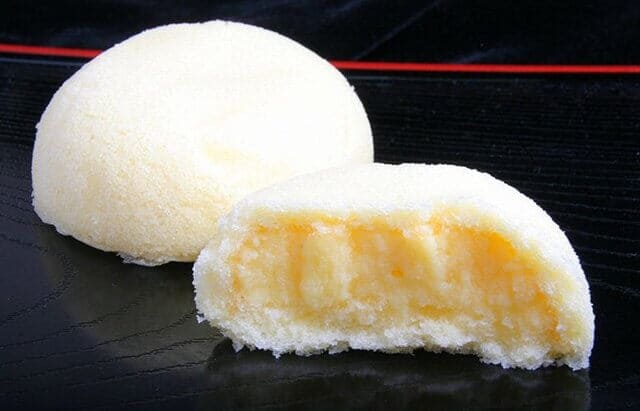
In conclusion, Hagi no Tsuki is one of those Sendai sweets and souvenirs from Sendai, Japan, with a rich flavor profile. Its outer layer of fluffy castella cake encasing a creamy custard core offers a textural contrast that creates an unforgettable gastronomic experience. You’ll be surprised by its delicate sweetness that’s not overpowering, making it a perfect accompaniment to a cup of tea. For those intrigued by different cuisines or on a quest for authentic Japanese treats, giving Hagi no Tsuki a try is a decision you’re unlikely to regret. It’s more than just a dessert – it’s a piece of Japan’s culinary heritage you can enjoy anywhere.
You can check some Japanese dishes below that we know you would like to try too.
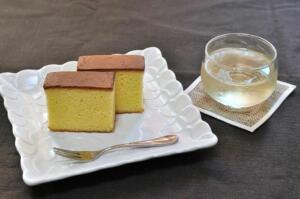
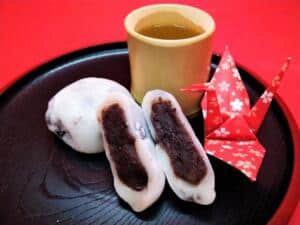


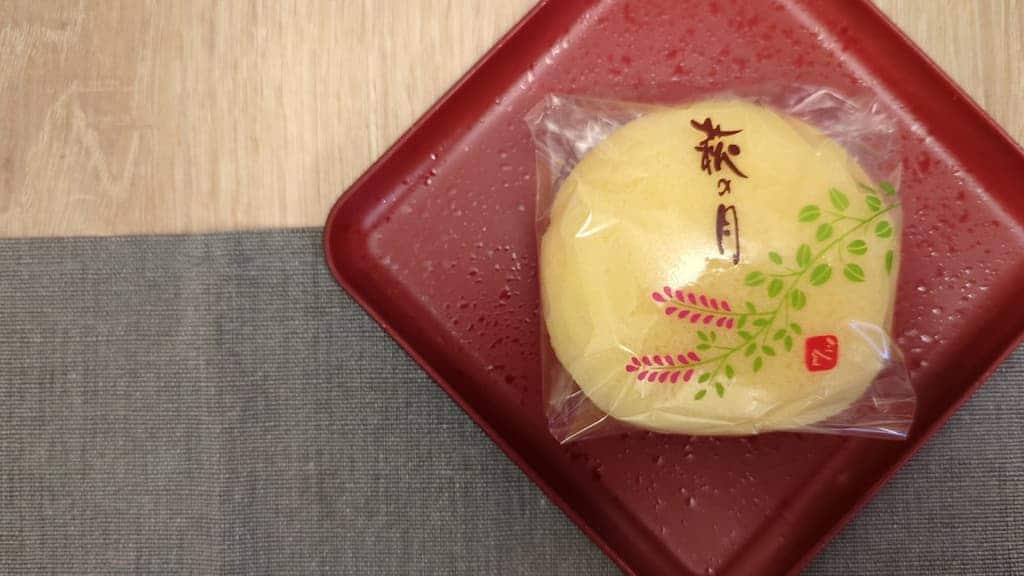
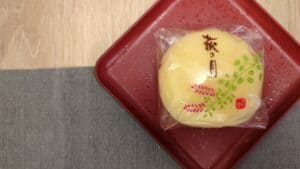
Comments